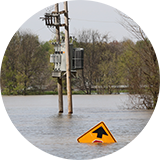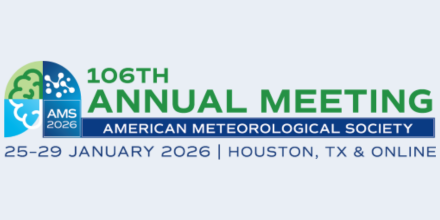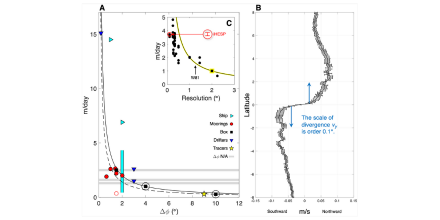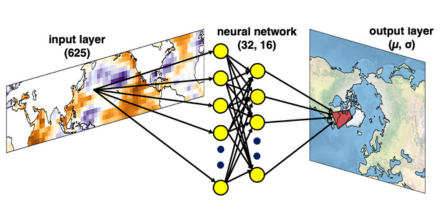Who We Are
US CLIVAR is a national research program with a mission to foster understanding and prediction of climate variability and change on intraseasonal-to-centennial timescales, through observations and modeling with emphasis on the role of the ocean and its interaction with other elements of the Earth system, and to serve the climate community and society through the coordination and facilitation of research on outstanding climate questions.
Our Research
The ocean plays a key role in providing a major long-term "memory" for the climate system, generating or enhancing variability on a range of climatic timescales. Understanding the ocean's role in climate variability is therefore crucial for quantifying and harnessing the predictability inherent to the Earth system. US CLIVAR-led research has played a substantial role in advancing understanding of, and skill in predicting climate variability and change.
Science and Research Challenges

Subseasonal-to-
Seasonal Prediction

Decadal Variability
and Predictability

Climate Change

Climate and Extreme
Events

Polar Climate Changes

Climate and Marine
Carbon/Biogeochemistry

Climate at the Coasts
Announcements

US CLIVAR Related Sessions at the 2026 Annual AMS Meeting
Abstract submission deadlines vary by session, with many having a deadline of August 14, 2025.

June Newsgram is Available
Stay informed with the latest news, research highlights, webinars, data sets, meetings, funding, career opportunities, and jobs for the climate science community.

A new observational benchmark for equatorial upwelling
Published in Journal of Climate, Karnauskas (2025) re-examined a collection of historical estimates made since 1961, as well as drifters and other modern observations and state estimates, to provide new constraints on this key variable.

Detection of state-dependent prediction skill using an adaptable, machine learning-based approach
Kyle Shackleford (Colorado State University) presents a new framework for identifying state-dependent prediction skill in this new Research Highlights..
Upcoming Webinars
There are no upcoming Webinars at this time.
